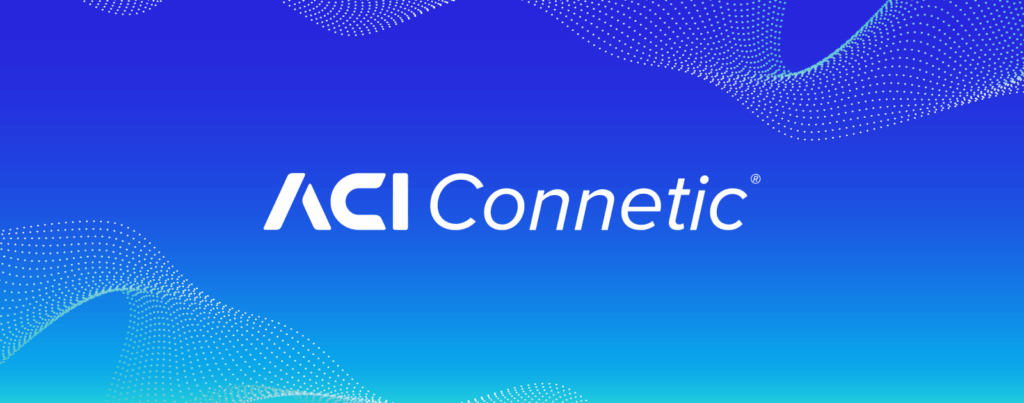On this page
Sibos 2025 reaffirmed that the industry is in active exploration. In payments, we often overestimate the short-term impact of new technologies and underestimate what they will mean over the long run. Sibos reminded us that meaningful change is underway and gaining momentum quickly.
This year, the conversations clustered around two themes: stablecoins (and their cousins, CBDCs and tokenized deposits), and agentic AI. But a third thread entered the spotlight: Swift’s decision to adopt a blockchain-based shared ledger as part of its infrastructure. That development links directly to both themes, illustrating the tensions between legacy systems and emerging rails.
Stablecoins, CBDCs, and tokenized deposits: Coexistence over supremacy
At Sibos, stablecoins were no longer a novelty. The focus was on integration, interoperability, and coexistence within regulated frameworks. In those discussions, the distinctions among stablecoins, CBDCs, and tokenized deposits were front and center:
- CBDCs are issued directly by central banks. They carry the legitimacy of the sovereign issuer and promise full accessibility, but their rollout is cautious, constrained by policy, privacy, and design concerns.
- Tokenized deposits are perhaps the most incremental shift: conventional bank deposits expressed as digital tokens on a distributed infrastructure, preserving deposit guarantees and banking relationships while gaining interoperability and programmability.
- Stablecoins are privately issued, designed to maintain parity with a fiat currency, and supported by reserves. Their appeal lies in programmability, fast settlement, and cross-border reach under the right regulatory regime.
None of these models is inherently dominant. Their success will depend on which can scale within existing ecosystems, integrate with legacy rails, and earn regulatory trust. The risk is that payments innovation marches ahead so quickly that the window for any of them to become central may be narrower than we expect.
That context partly frames what Swift announced at Sibos.
Swift’s shared ledger: Infrastructure in motion
At Sibos 2025, Swift unveiled a bold move: it will add a blockchain-based shared ledger to its infrastructure stack, working with more than 30 global financial institutions and in partnership with Consensys. The first use case will target real-time, 24/7 cross-border payments, with a prototype already underway.
The ledger is designed to be interoperable with existing and emerging networks, capable of recording, sequencing, validating transactions, and enforcing rules via smart contracts. Importantly, Swift is positioning itself as a neutral infrastructure provider, not an issuer of tokens. Decisions about which digital assets, such as CBDCs, stablecoins, and tokenized deposits, are supported will rest with central banks and commercial banks.
By embedding this ledger within its messaging and ISO 20022 framework, Swift seeks to combine trusted rails with on-chain settlement primitives, embedding risk, controls, and compliance into flows from the outset.
That announcement resonates directly with the themes of digital money and intelligence in the payments industry:
- For stablecoins and tokenized deposits, Swift’s ledger offers a path to scaling interoperability across currency domains without requiring all participants to abandon existing rails.
- It demonstrates that legacy players are not standing idle; instead, they are trying to absorb blockchain capabilities rather than be displaced.
- It also highlights the limits of near-term change: the ledger is still at the prototype stage, and timelines remain fluid.
Critics are already voicing their skepticism. The CEO of Fireblocks, for instance, argued that Swift has been experimenting with blockchain since 2018 and warned that the specifications may not suit evolving market structures. That tension underscores the point: innovation in payments often unfolds more slowly and messily than the headlines suggest.
Agentic AI: Intelligence that acts within boundaries
On the artificial intelligence (AI) front, Sibos indicated a shift toward agentic AI systems that can take autonomous action within defined constraints. These agents could manage liquidity, route transactions dynamically, or flag anomalies proactively in real time.
Yet the real barrier is not a technical possibility, but rather trust, transparency, and governance. Financial institutions remain wary of opaque “black box” decisions. As one panelist put it, the question is not what AI can do, but how one explains why it did it.
Over time, agentic AI may evolve from supporting human decisions to orchestrating flows across payment systems; however, this shift will depend on decades of disciplined deployment, auditability, and regulatory comfort.
A long view, not a blink
Sibos 2025 was not a pivot for the industry; rather, it was a window into promising trajectories. Stablecoins, tokenized deposits, CBDCs, agentic AI, and Swift’s shared ledger are all parts of a long arc of innovation. In the short term, each may look incremental. But in the long term, their alignment and integration could reshape how money moves across borders, institutions, and systems.
The key lesson is humility. We tend to overestimate what change can occur in the next year and underestimate what emerges over a decade. Rather than betting singularly on one architecture, banks and technology providers should invest in adaptability architectures capable of evolving as the digital-money and AI ecosystems mature
At ACI, we focus on enabling that adaptability by building orchestration layers, embedding intelligence, and connecting legacy and new rails. The future of payments will not come all at once; it will emerge from steady integration, experimentation, and disciplined execution.
If we did not connect in Frankfurt, I would welcome the opportunity to continue the conversation about how your institution is planning for long-term modernization and how ACI might assist you in engaging with these evolving possibilities.



